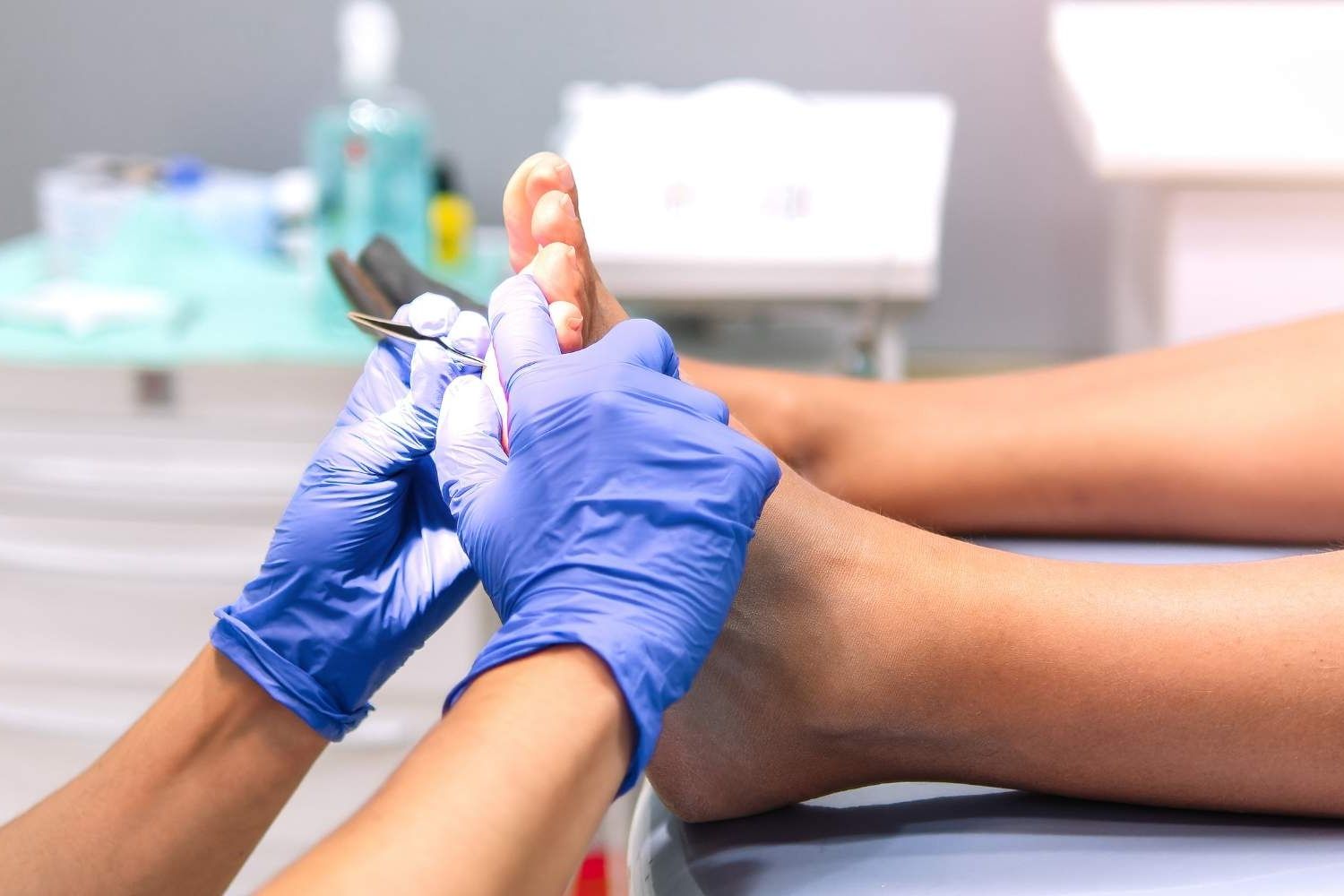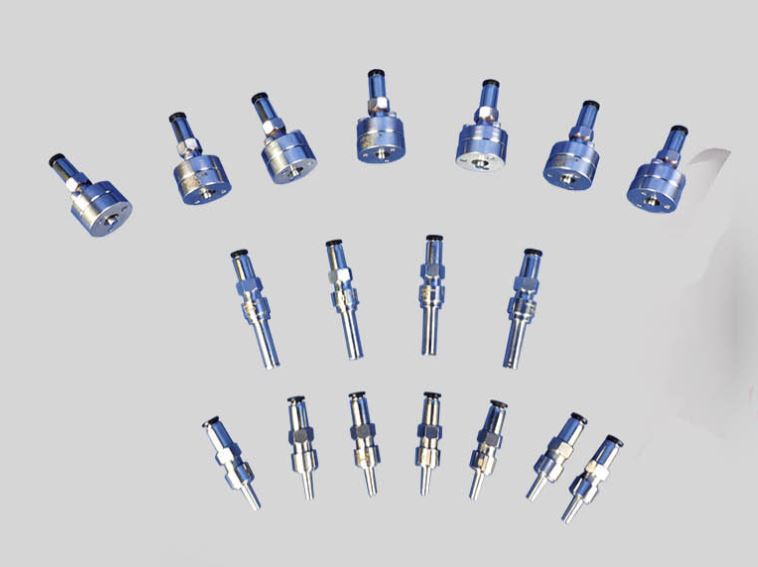Problems with the feet can affect your mobility, balance, and comfort. Foot problems such as deformities and heel spurs, can lead to long-term pain if not treated. These conditions can restrict everyday activities and diminish your quality of life. Fortunately, treatment and relief is possible with the right level of care and attention.
A qualified Podiatrist Edinburgh people trust can treat these foot concerns with care and precision. Specifically, foot deformities like bunions flat feet, and heel spurs often develop for various reasons including poor posture, injury, and genetics. On the other hand, heel spurs develop through way of strain and pressure placed on the heel. All these deformities and spur conditions can lead to swelling, discomfort, or pain in your ability to ambulate.
A podiatric professional service will offer medical and surgical treatment options to address these conditions. If non-surgical options are not effective, surgical options will be considered for more permanent relief. Recovery is easier when you have someone experienced and are regularly attending follow-up appointments.
When you select a trusted podiatrist you can be sure however big or small the condition, your foot will get a proper diagnosis and an effective subsequent treatment plan will follow. This may be as unobtrusive as simply acting in time to a supervise condition, or by delaying action that results in a more complicated case requiring surgery to correct.
In this blog, we’ll discuss foot deformities, heel spurs, and how expert care can help. Read more through the five headings below:
-
Understanding Foot Deformities
-
Causes Behind Heel Spurs
-
When Surgery Is Required
-
Trusted Podiatric Procedures
-
Post-Surgery Foot Recovery
Understanding Foot Deformities
Foot deformities are common and may affect people of all ages. These include bunions, flat feet, hammertoes, and high arches. Some deformities are present at birth, while others develop over time. Poor posture, bad footwear, or injuries can also lead to these conditions.
These deformities can cause pain, swelling, and difficulty in walking. In many cases, the foot shape changes slowly, making it harder to notice early. That’s why it’s important to get a proper check-up if you feel discomfort.
Most deformities can be managed in the early stages. Using special insoles or wearing the right shoes can reduce pressure and improve balance. In some cases, physical therapy can help strengthen the foot muscles.
However, if pain continues or the condition worsens, a podiatrist may suggest surgery. Early treatment can prevent long-term damage and support a healthier lifestyle.
Understanding the signs of foot deformities helps you take action at the right time. Proper care makes walking easier, reduces pain, and improves overall foot health.
Causes Behind Heel Spurs
Heel spurs are sharp, bony growths on the bottom of the heel. They are often caused by long-term stress on foot muscles and ligaments. People who walk or run a lot are more likely to get them. Poor footwear can also add pressure to the heel area.
If pain continues, it’s best to consult a Podiatrist Edinburgh locals trust. They will assess your condition and offer the right treatment. With expert help, heel spur discomfort can be managed effectively and safely.
Another cause of heel spurs is plantar fasciitis. This condition leads to inflammation in the tissue that connects your heel to your toes. Over time, the body creates extra bone in the heel area to support the pressure. This bone growth becomes a heel spur.
Heel spurs may not always cause pain. However, if they press against soft tissues in the foot, it can hurt when you walk or stand. That’s why it’s important to take action early.
When Surgery Is Required
Surgery is often the last step when all other treatments fail. For both deformities and heel spurs, doctors try non-surgical methods first. These may include rest, therapy, and special footwear. However, if pain continues and daily life becomes difficult, surgery may be the right option.
Surgery for foot deformities may involve realigning bones or removing growths. For heel spurs, doctors may remove the bony bump or release tight tissue to reduce pressure. These surgeries aim to relieve pain and improve foot shape.
A good surgeon checks your medical history and runs tests before making a decision. They explain the full process so you feel safe and informed. Most procedures are done with care and result in fast recovery.
If you are facing constant foot pain, don’t ignore it. Get a full check-up and explore all your options. Sometimes, surgery is the best way to restore comfort and mobility.
Trusted Podiatric Procedures
A Podiatrist Edinburgh residents trust will offer expert treatments for foot issues like deformities and heel spurs. These specialists use modern tools and techniques to treat each condition with care. They begin with a full check-up to understand the problem clearly.
For deformities, treatments may include correcting bone positions or reshaping joints. Heel spurs may be removed through surgery or treated with therapies. These procedures aim to bring relief, reduce pain, and improve how your foot functions.
Before any procedure, your podiatrist will explain all steps. This includes the risks, benefits, and expected recovery time. That way, you feel informed and confident throughout the process.
These procedures are often done using advanced technology. This leads to faster healing and fewer side effects. Most patients return to normal activity within weeks.
Choosing the right podiatrist makes a big difference. You get safe care, detailed guidance, and better results. If your condition needs medical help, don’t delay.
Post-Surgery Foot Recovery
After surgery, proper recovery is key to getting back on your feet. It’s important to follow your podiatrist’s advice and care routine. Most people need to rest for a few days and avoid putting too much pressure on the foot.
Your doctor may suggest using crutches or wearing a support boot during healing. Simple exercises or physical therapy can also help improve movement and strength. Swelling and mild pain are common, but they usually go away in a short time.
It’s also important to attend follow-up visits. Your podiatrist checks the healing process and gives tips for daily care. With the right support, most patients heal well and return to normal life.
Wearing proper shoes and keeping the foot clean also helps prevent future problems. A good recovery plan ensures long-lasting results and fewer chances of pain coming back.
Conclusion
Foot deformities and heel spurs can affect how you walk, stand, and live daily life. These issues often start small but can lead to serious pain if ignored. That’s why early care is so important.
By understanding the causes and treatment options, you can take the right steps for your foot health. From non-surgical methods to expert procedures, many solutions are available. If surgery becomes necessary, skilled podiatrists will guide you through each step with care and support.
With the help of a trusted Podiatrist Edinburgh, you can receive the right diagnosis and personalized treatment. Whether you’re dealing with long-term discomfort or a recent problem, professional foot care can make a big difference.






